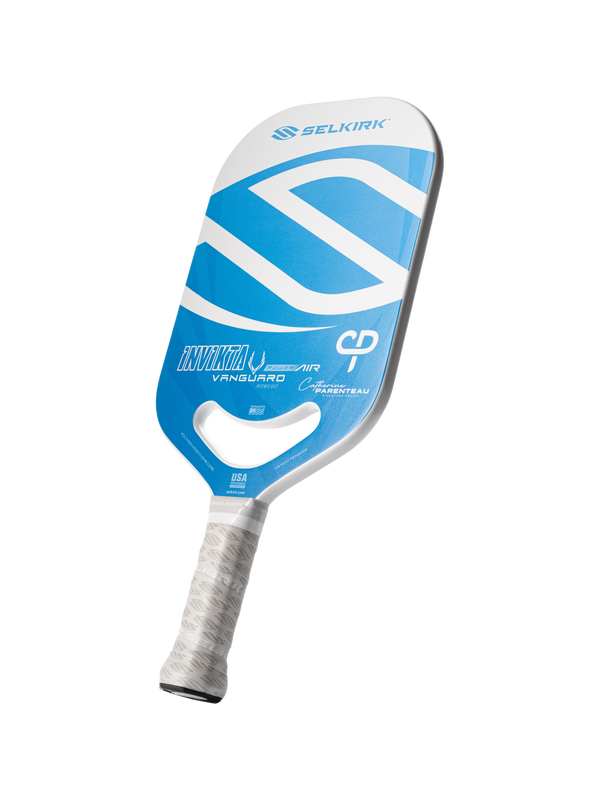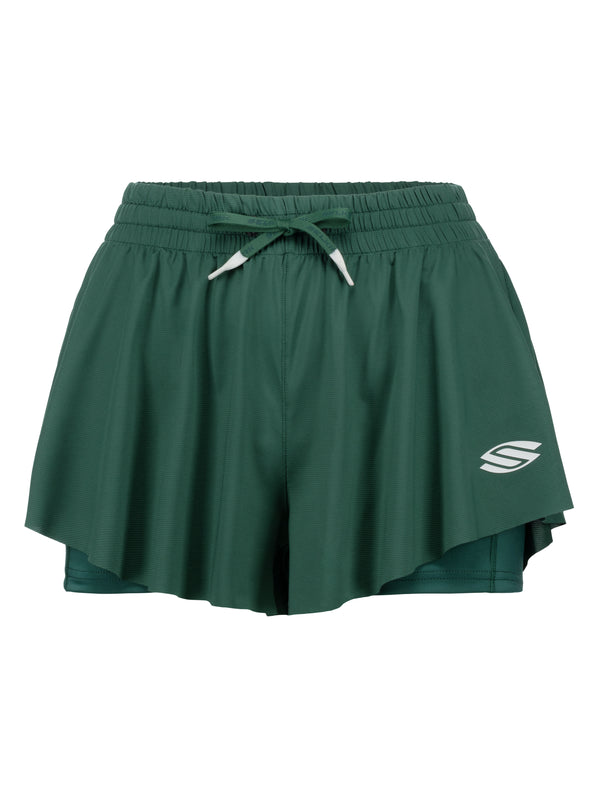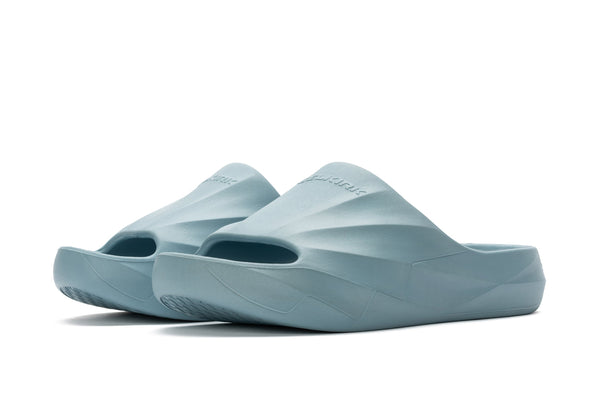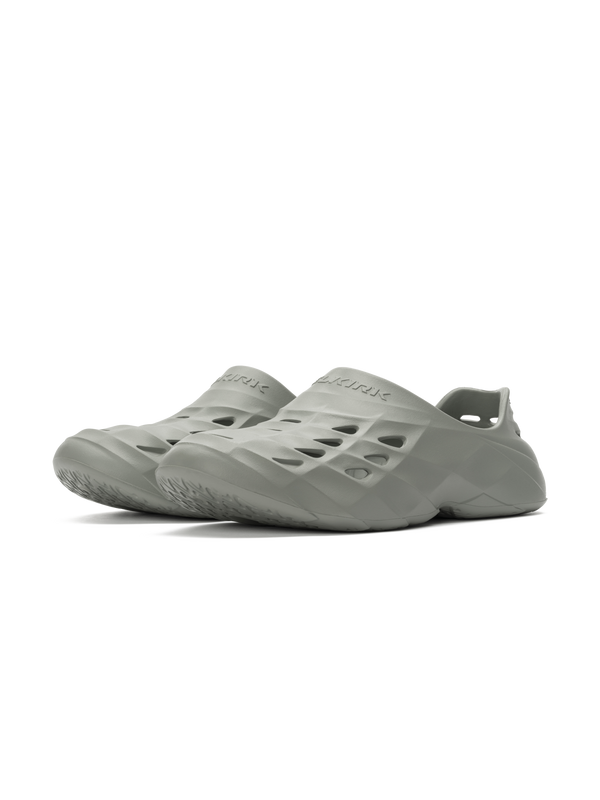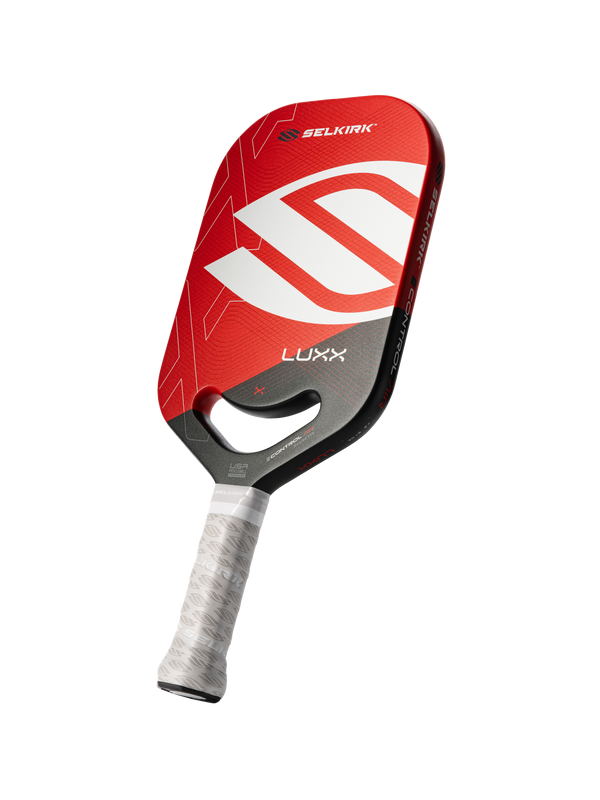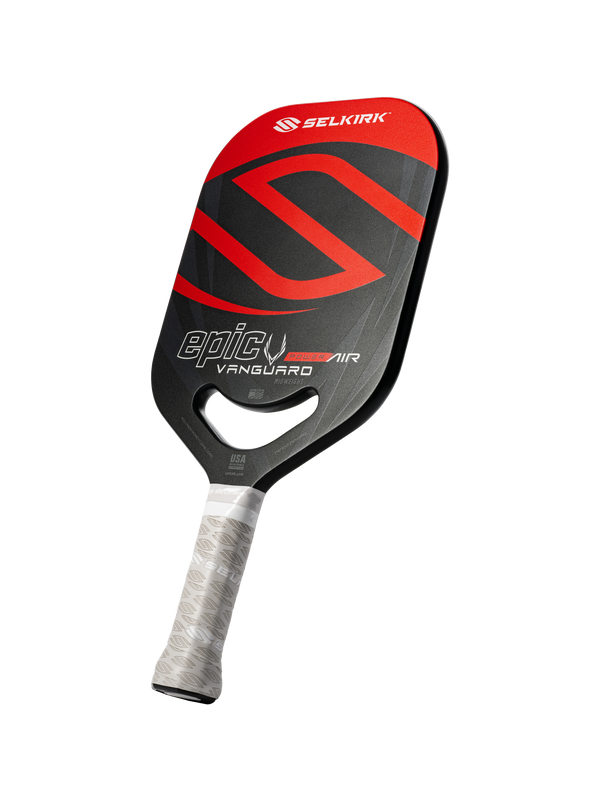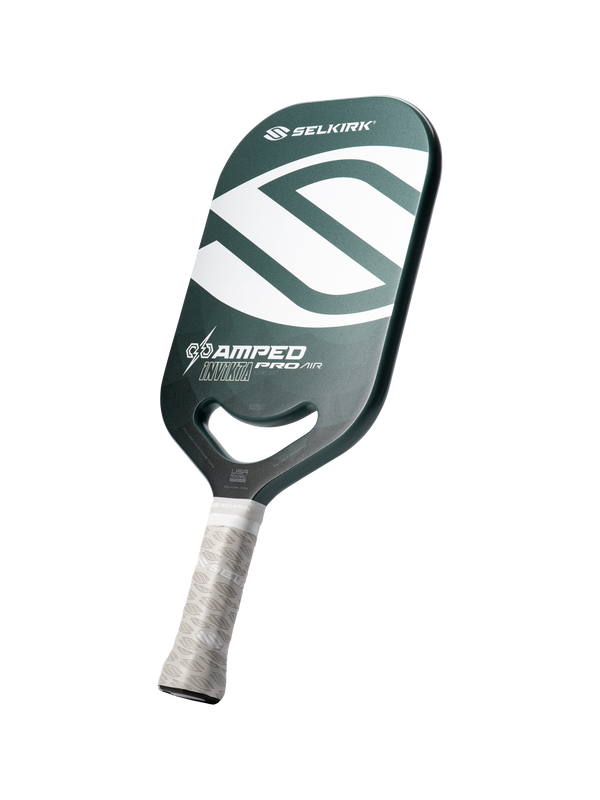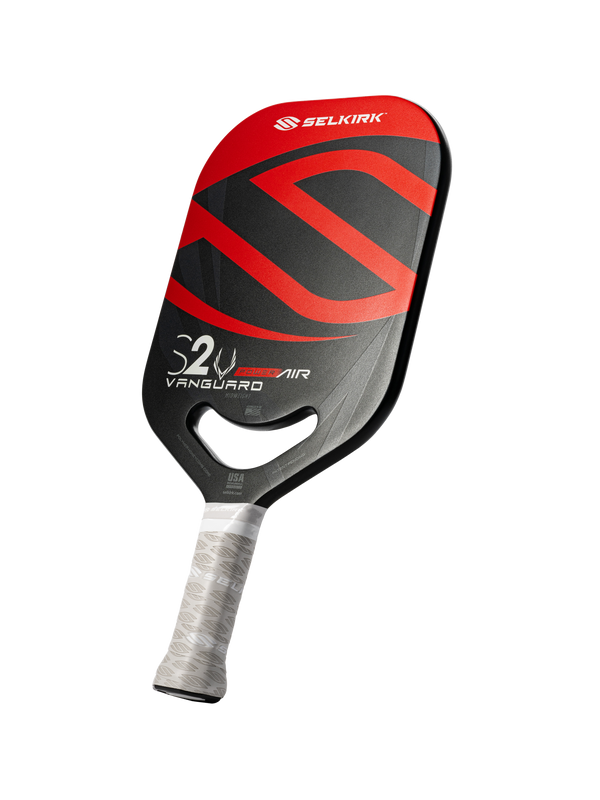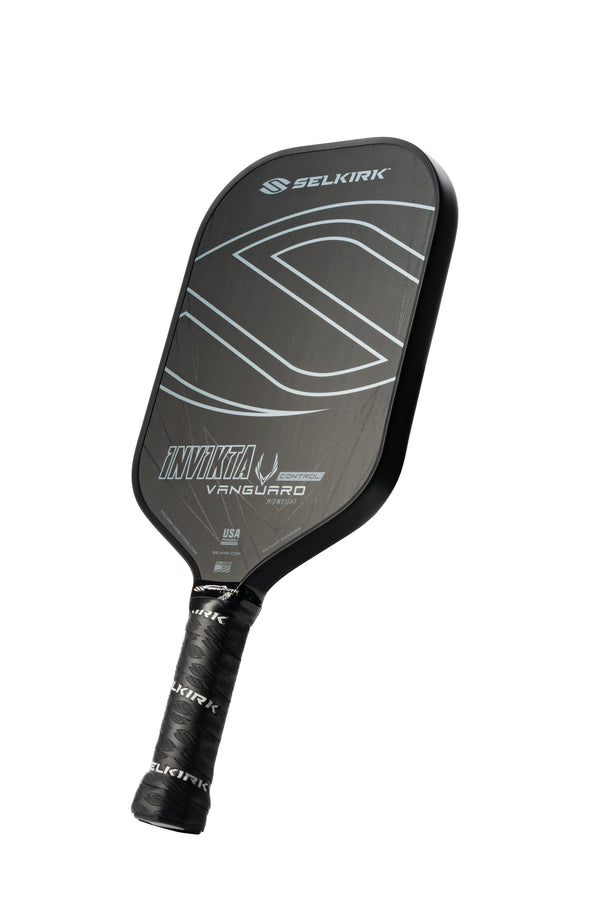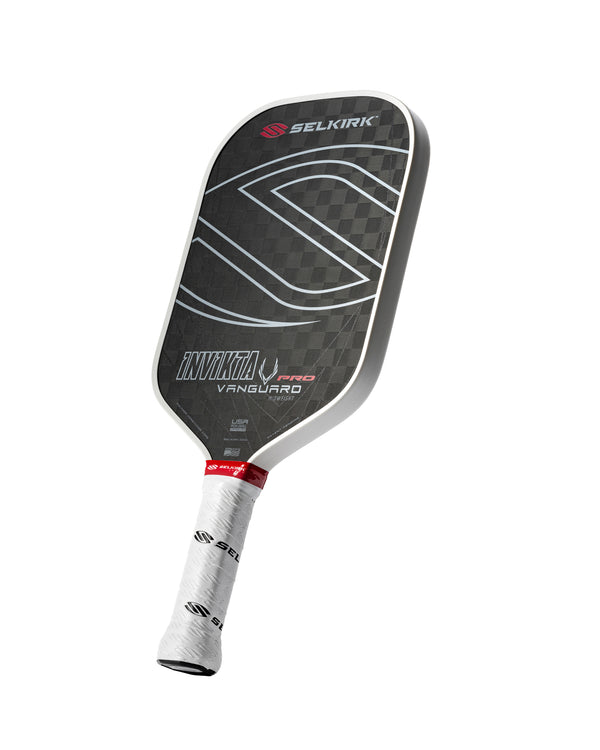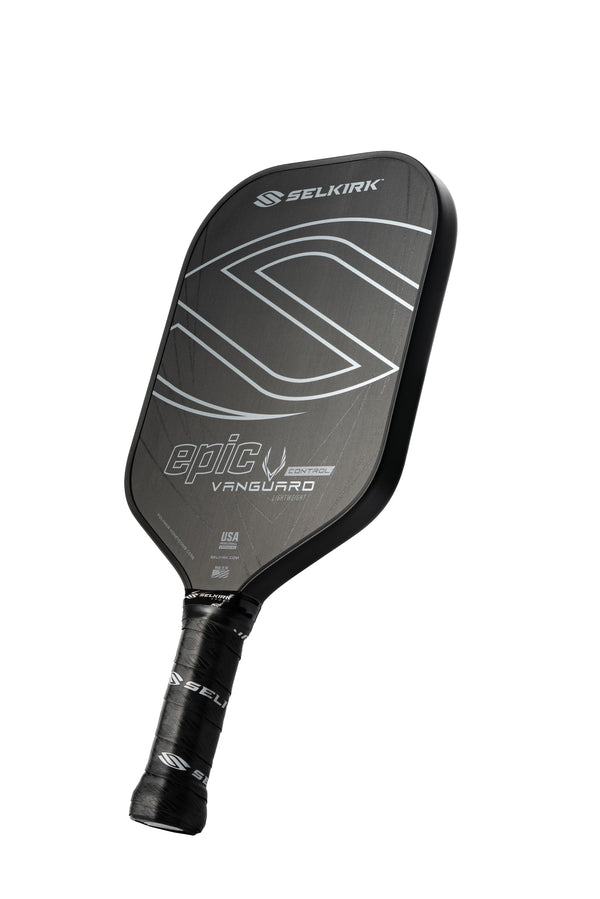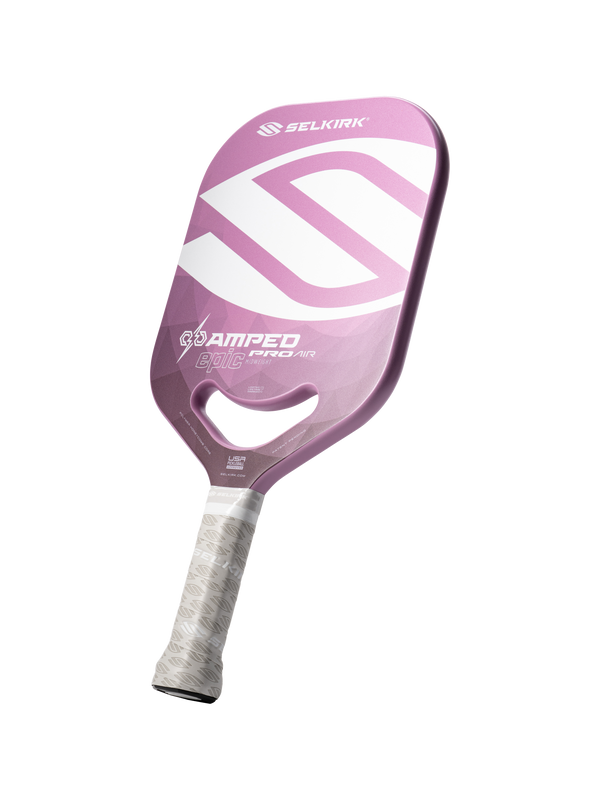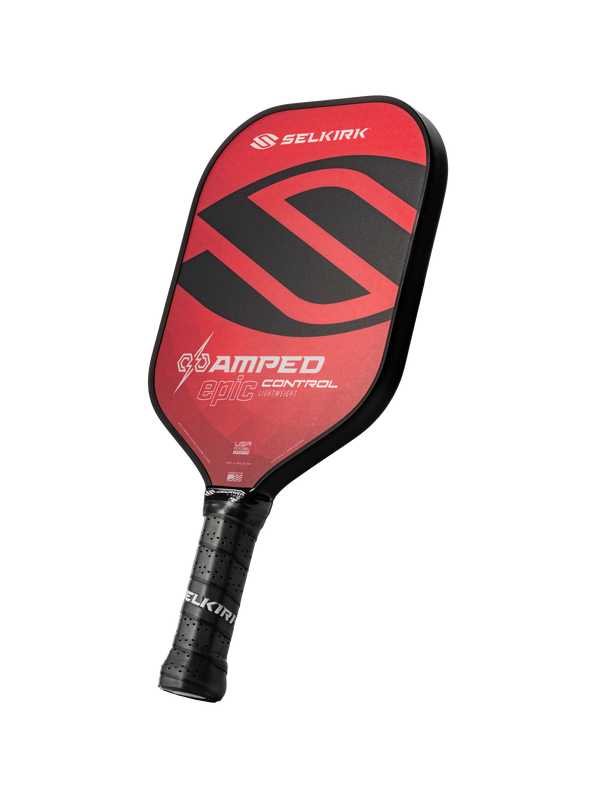
It’s no secret that to be a successful pickleball player, you need to be adept at the kitchen line, not just with dinks, but also with volleys.
In his latest high-level pickleball lesson, Dominic Catalano highlights the volley dink by discussing when to use it, how to execute it, and tips for adding the shot to your game.
What is a volley dink?
A dink is a soft, controlled shot made at the kitchen line. Players aim to make the ball bounce on the opponent’s side of the net within the kitchen area. Dinking allows players to set up points and reset the ball after they’ve been under attack.
A volley dink is similar, except players do not wait for the ball to bounce on their side of the net. Instead, they take the ball out of the air and send it back to their opponent’s side of the net into the kitchen.
Why and when to execute a volley dink
Dominic says it’s best to take as many dinks out of the air as possible, but you must do so with a purpose.
You want to make a volley dink rather than a traditional dink when you want to be aggressive. When you execute a volley dink, it eliminates your opponent’s ability to set up for their next shot.
If you let the ball bounce before hitting it, your opponent has time to get their feet set for the next shot, opening up a chance for them to attack. Conversely, if you take the ball out of the air, it puts more pressure on your opponent and you may cause them to hit the ball while off-balance. This gives your opponent a greater chance to pop up the ball or make an error that allows you to attack.
Take as many dinks out of the air as you can, but you must do so with a purpose. When your arm is extended fully and locked out, you are stiff and lose control of the ball.
How to position yourself for a volley dink
As with any dinking, your toes should be nearly on the kitchen line and you should be in a low, squatted position.
Your dominant arm and paddle should be out in front of you. If you can comfortably reach the ball before it bounces, it is time to take the ball out of the air.
However, if your arm is extended fully and locked out, you should not perform a volley dink. When your arm is fully extended, it is stiff, making you lose control of the ball. In this instance, allow the ball to bounce before returning it.
If you have flexion in your elbow and can still reach the ball, take it out of the air. This flexion, even if slight, allows you to have control of the volley dinks. Make sure your grip is loose so you have a softer touch to better drop the ball.
How to improve your volley dinks
You and your drilling partner should stand on opposite sides of the court at the kitchen line. Dink with your partner, aiming for the back third of the kitchen at your opponent’s feet. Try to dink with a purpose, moving your partner around their half of the court.
When applicable — ensuring your arm is not fully outstretched — take the ball out of the air to perform a volley dink. Did your drilling partner have to perform an uncomfortable shot? Did it create a pop-up or chance for you to attack?
Once you’re comfortable, try mixing up your dinks and volleys, alternating your location from inside to outside of the court. And don’t forget to switch which side of the court you’re playing on.
Download the Selkirk TV app HERE to watch the complete episode and many other Selkirk TV original shows, podcasts, lesson series from the pros, and much more.




